Last month I mentioned my admiration for Leila Philip’s new book Beaverland, which explains how the economic, cultural and even geographic past of North America could be connected to the history of the beaver. And how a sustainable future for the continent, especially in making its water systems more robust, could depend on increased human partnership with the only other animal that uses tools to change the landscape.
This is not about the news of the moment, but it does concern the news of the future.
This week I spoke with Leila Philip about the book. I think you will enjoy listening to the full 33-minute podcast. In coming days, as a Subscriber feature, I’ll post an update with the transcript, via the miracle of Otter.ai. For now here are a couple of guide posts, again with encouragement to hear the whole thing:
Around time 1:00, what it is that makes beavers so unusual and “weird” within the animal kingdom.
Around time 3:00, why the beaver trade was so economically important in American development, and so perilous for the beavers. And how it also changed the river-landscape of North America, as fewer beavers were available to do their rechanneling work.
Around time 10:00, how beavers made their way across North America, being found in every U.S. state except Hawaii.
Around time 15:00, why beavers’ all-consuming focus on cutting down trees has long-term environmental benefits.
Around time 21:00, why her book contains so many stories about people who make their living by trapping beavers and selling their pelts. And how she got to know the trapper culture.
Around time 25:00, how conservation agencies are finding ways to work with beavers, rather around them or against them. For instance, one wetlands-improvement organization whose motto is, “Let the rodents do the work”
Around time 29:00, what individuals and communities can do to make their settings more beaver-friendly—and why they should bother.
I hope you enjoy the discussion, and the book.


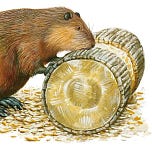



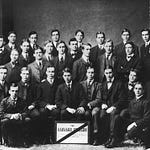

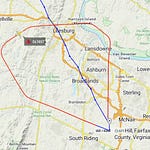
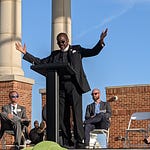


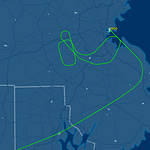
Share this post